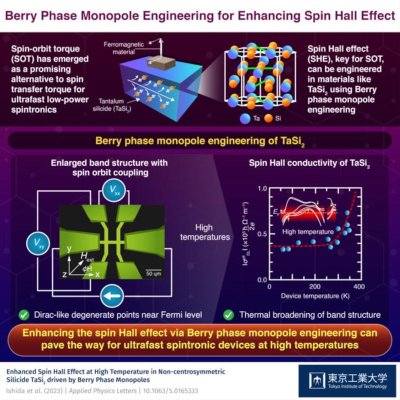Researchers uncover the remarkable anisotropic spin transport of ultrathin black phosphorus
Researchers at Newcastle University, National University of Singapore (NUS) and Japan's National Institute for Materials Science have reported on the highly anisotropic spin transport nature of two-dimensional black phosphorus.
In contrast to the conventional movement of charge in electronic devices, spintronics focuses on pioneering devices that manipulate the intrinsic property of electrons known as "spin." Similar to charges in electrons, spin gives electrons a rotational quality like they are rotating around an axis, making them behave like tiny magnets, which have both a magnitude and a direction. The electron spin can exist in one of two states, referred to as spin "up" or spin "down." This is analogous to clockwise or anticlockwise rotation. While traditional electronic devices work by moving charges around the circuit, spintronics operates by manipulating the electron spin. This is important because moving electrical charges around traditional electric circuits necessarily causes some power to be lost as heat, whereas the motion of spin does not intrinsically dissipate as much heat. This characteristic could potentially allow for lower-power device operation.
